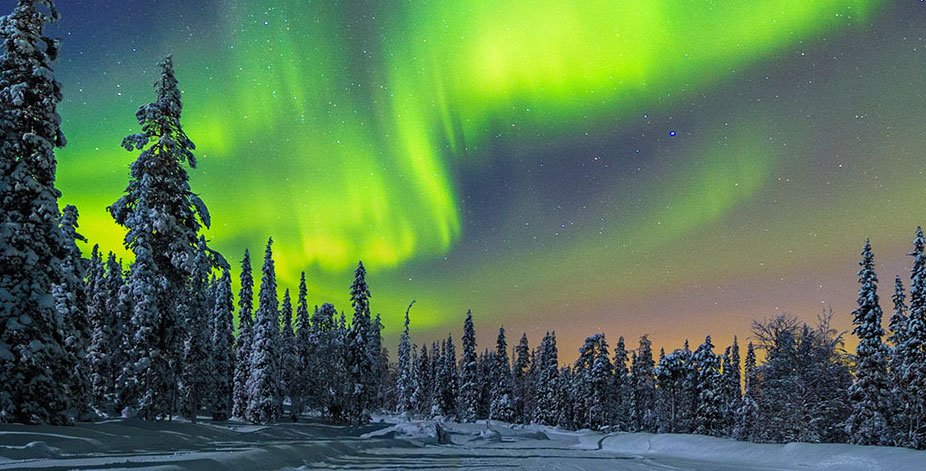
Aurion’s flagship properties are the wholly-owned Risti and Launi projects that occur along the 125-km long Sirkka Shear zone, about 900 km north of Helsinki. The company has made multiple gold discoveries at Risti and recently announced the discovery of new gold-bearing zones at Launi East.
The company has had success drilling near-surface gold mineralization at the Aamurusko targets at Risti. Highlights from drilling the Aamurusko Main zone have included 2.9 metres grading 789.06 grams gold per tonne (including 0.7 metre of 3,510 grams gold per tonne); 4 metres at 42.28 grams gold per tonne; 4.8 metres at 24.5 grams gold; and 3.5 metres at 22.63 grams gold. The Gap zone returned 3.1 metres grading 4.54 grams gold; 7.8 metres of 1.69 grams gold; 3.5 metres at 1.55 grams gold; and 3.4 metres at 1.51 grams gold. The Aamurusko Northwest zone returned 28.22 metres grading 9.42 grams gold; 11.1 metres at 23.41 grams gold; and 19 metres at 6.84 grams gold.
All three zones at Risiti — Aamurusko Main, the Gap zone and Aamurusko Northwest zones — are open at depth. And the mineralization is open along strike in both directions.
The first exploration at the Launi East block, abutting the Risti project to the south, was done in 2019. It has not been drilled as heavily as Risti, but highlights have included 63.9 grams gold per tonne over 0.37 metre and 3.06 grams gold per tonne over 5.3 metres. The Launi West block, about 10 km from the Launi East block, has yet to be tested.
Aurion says the regional potential at Risti and Launi is extensive, as there are tens of kilometres of prospective structural trends yet to be explored. Gold in till anomalies have been encountered within volcanic, sedimentary and intrusion related geological settings.
Aurion also has a joint venture in Finland with B2Gold, which is earning a 75% interest in the project. The property covers almost 290 sq. km and includes the Kutuvuoma and Ahvenjarvi prospects. B2Gold has spent $10 million over two years and now holds 70% of the joint venture.
A new discovery was recently made by the joint venture at Kutuvuoma East, called the Kutuvuoma-Ikkari discovery. This prospect is located in the same geologic sequence as Rupert Resources’ 3.95 million oz. Ikkari discovery, 1.5 km to the east. Drilling returned 21.2 metres grading 1.84 grams gold per tonne, including 21.2 metres of 2.61 grams gold and 10.3 metres of 2.42 grams gold from hole IKK21003. Hole IKK21002 returned 30.6 metres grading 1.42 grams gold, including 6.5 metres at 2.94 grams gold.
Earlier this month, Aurion granted Kinross Gold an option on its Silaskaira project, about 30 km northwest of Agnico Eagle’s Kitilla mine. Kinross can earn a 70% interest by paying Aurion C$100,000 and spending C$5 million at the property over the next five years.
Aurion Resources has a market capitalization of $89.3 million.
Blackrock Silver
Blackrock Silver (TSXV: BRC; US-OTC: BKRRF) is exploring two 100% controlled land packages in the state of Nevada: Tonopah West near the town of the same name in the southwest part of the state and Silver Cloud near the city of Elko.
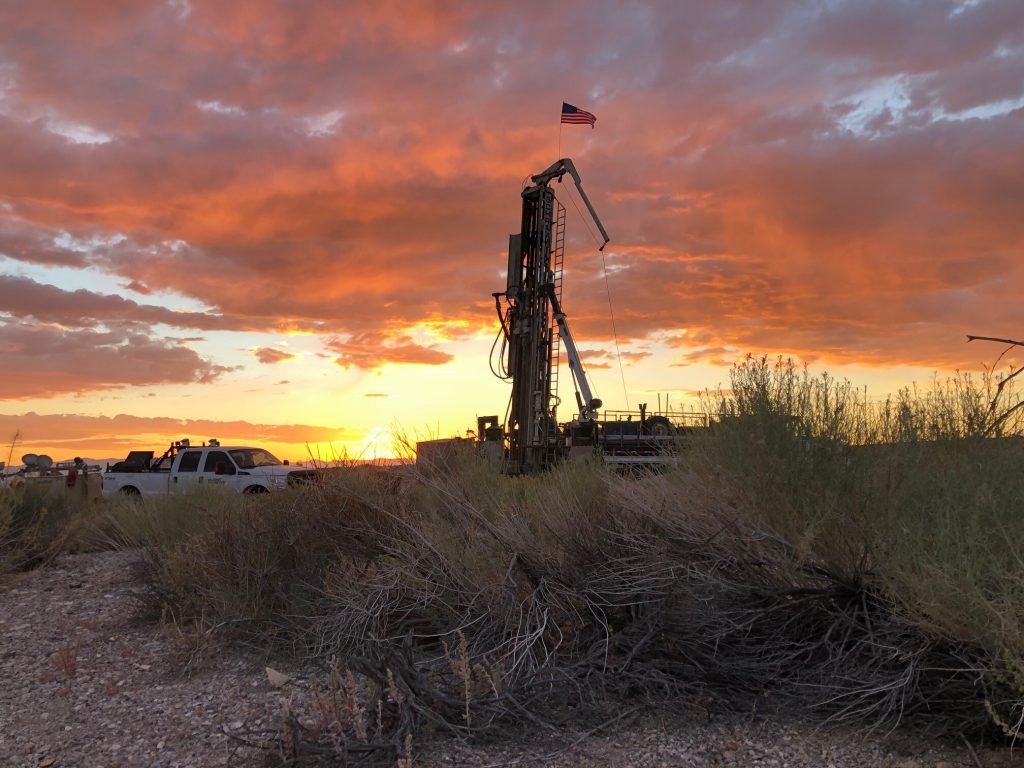
The Tonopah silver district is the second largest (behind only the Comstock Lode) in Nevada. From 1900 to 1950, grades in the region averaged 1,384 grams silver per tonne and 16 grams gold per tonne, leading to production of 174 million oz. of silver.
Blackrock’s Tonopah West land package is the largest in the district, covering 25.5 sq. kilometres. There are multiple veins that were mined within, including the Victor vein, which was 24 metres thick when production stopped in 1928. Blackrock’s project area also contains at least ten veins on the property.
This year the company has deployed four rigs and drilled 84,000 metres so far with the goal of delivering an initial resource estimate on the Denver-Paymaster-Bermuda (DPB) target by early 2022.
In October, drilling at the Bermuda vein returned 2.1 metres grading 1,120 grams silver per tonne and 9.07 grams gold per tonne (2,027 grams silver-equivalent per tonne), including 0.9 metre grading 2,994 grams silver and 20.85 grams gold per tonne (5,080 grams silver-equivalent per tonne).
The Merten vein returned 1.5 metres grading 492 grams silver and 6.5 grams gold (1,242 grams silver-equivalent), including 0.7 metre at 445 grams silver and 5.6 grams gold (1,006 grams silver-equivalent). Multiple intersections were also cut in the Mule and Paymaster veins, with Mule returning 0.7 metre of 445 grams silver and 4.61 grams gold (1,006 grams silver-equivalent).
A resource estimate for Tonapah West is due in early 2022.
Blackrock is proposing to establish a portal on the west side of Brougher Mountain and drive a 2.5 km long decline to provide underground exploration platforms for additional drilling. The design of the decline will be refined once the resource estimate is done, and the entry could later be used during production. The company will rehabilitate surface roads, drill pads and sumps by the end of next year.
The company drilled its other project, the 45 sq. km Silver Cloud property in Elko County, earlier this year, but has not spent as much time on the project as it has on its Tonopah West project. One of the better holes at the Northwest Canyon target at Silver Cloud returned 4.6 metres grading 4.32 grams silver per tonne and 0.334 grams gold per tonne. The Quiver target was also drilled, and the best intersection was 15.2 metres grading 0.795 gram silver and 0.222 gram gold.
Blackrock Silver has a market capitalization of $118.6 million.
Copper Mountain Mining
Copper Mountain Mining (TSX: CMMC; US-OTC: CPPMF; ASX: C6C) owns 75% of the Copper Mountain copper-gold-silver mine in British Columbia, 20 km from the town of Princeton. Mitsubishi Materials owns the remaining 25% interest. The mine started commercial production in 2011 and last year produced 77.5 million lb. of copper, 29,227 oz. of gold and 392,494 oz. of silver.
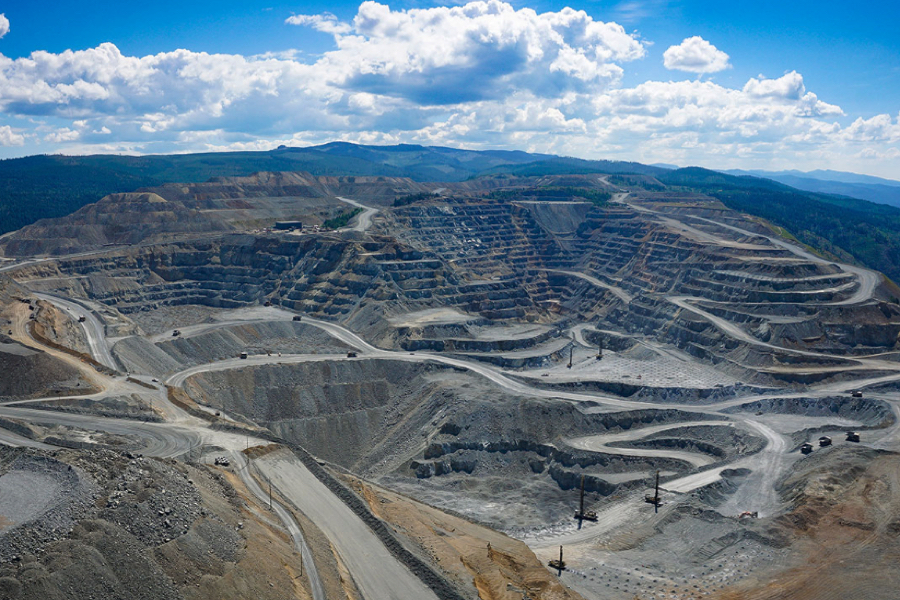
Copper Mountain has a goal of tripling its copper output over 2020 levels within the next five years. The concentrator in British Columbia has been expanded to 45,000 tonnes per day, and it has further potential to reach 65,000 tonnes per day. Exploration at the North pit and the New Ingerbelle project, about 1 km from the mine, would provide the feed. The New Ingerbelle deposit would nearly double the life of the Copper Mountain mine. A new life of mine plan with updated mineral resources is planned for the second quarter 2022.
The company also owns 100% of the Eva and Cameron projects in Queensland, Australia.
The advanced stage Eva copper project is 40 km north of the Cameron property. A 2020 feasibility study proposed an open pit mine and mill with a life of 12 years that would produce 99.2 million lb. of copper and 13,500 oz. of gold in concentrates annually. If construction gets the green light, the project could be in production in 18 months.
The Eva deposit has measured and indicated resources of 250.7 million tonnes grading 0.42% copper and 0.04 gram gold per tonne for 2.4 billion lb. of copper and 330,000 oz. of gold. The inferred resource is 46.3 million tonnes at 0.42% copper and 0.04 gram gold for 415 million lb. of copper and 51,000 oz. of gold.
The Cameron copper project, 30 km south of Eva, covers 2,100 sq. km within the Mount Isa Inlier region. The company completed 6,000 meters of reverse circulation drilling and 1,200 metres of diamond drilling this year and will continue the program next year.
Three targets at the Cameron project have been drilled with the C6 target returning 136 metres grading 0.37% copper and 0.37 gram gold per tonne. The best result from the C1 target was 84 metres at 0.56% copper and 0.97 gram gold. The C2 target returned 123 metres at 0.24% copper and 0.01 gram gold.
Copper Mountain Mining has a market capitalization of $566 million.
First Quantum Minerals
First Quantum Minerals (TSX: FM) has three advanced exploration projects: the Haquira copper-molybdenum project in Peru, the Taca Taca copper-molybdenum-gold project in Argentina, and the Enterprise nickel project in Zambia.
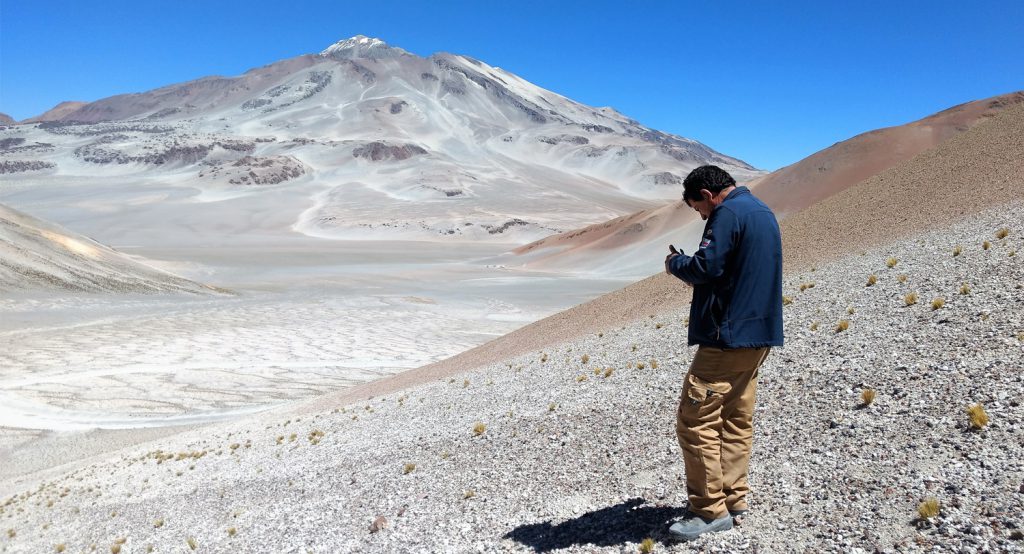
The company owns 100% of the Haquira project, 75 km southwest of Cuzco, through its acquisition of Antares Minerals in 2010. Haquira’s measured and indicated resources total 569 million tonnes grading 0.56% copper and inferred resources add 406 million tonnes grading 0.52% copper.
The Taca Taca project is also 100% owned and was acquired through a subsidiary of Lumina Copper in 2014. According to the company, the porphyry deposit is suitable for conventional, large-scale open pit mining and processing in a SAG-ball mill with pebble crushing, regrinding and flotation. First Quantum is working on power, water supply, freight, and product transportation logistics.
An updated resource estimate completed in March 2021 for Taca Taca outlined 2.2 billion measured and indicated tonnes grading 0.43% copper, 0.09 gram gold per tonne and 0.012% molybdenum for contained metal of 20.9 billion lb. of copper, 283.2 million lb. of molybdenum and 6.1 million oz. of gold. The inferred resource is 716.9 million tonnes grading 0.31% copper, 0.009% molybdenum and 0.05 gram gold for contained metal of 4.85 billion lb. copper; 65,000 tonnes of molybdenum and 1.2 million oz. of gold. Within the resources are proven and probable reserves of 1.8 billion tonnes grading 0.44% copper, 0.012% molybdenum and 0.09 gram gold per tonne.
In Zambia, the Enterprise project has a stand-alone orebody that will share operations and infrastructure with First Quantum’s Sentinel mine, about 12 km away. The project is permitted and a production is due by the end of the year.
Resources at Enterprise consist of both primary and non-primary sulphide mineralization. There are measured and indicated resources of 37.7 million tonnes grading 1.03% nickel plus an inferred resource of 9.3 million tonnes at 0.71% nickel. Within the resource and at the end of 2020, proven and probable reserves totalled 37.7 million tonnes grading 0.93% nickel in primary ore and 0.44% nickel in non-primary ore.
First Quantum ranks among the world’s top ten copper producers and churned out 778,911 tonnes of the red metal in 2020. It has eight operating mines: Kansanshi and Sentinel in Zambia, Cobre Panama in Panama, Ravensthorpe in Australia, Cayeli in Turkey, Cobre Las Cruces in Spain, Pyhasalmi in Finland, and Guelb Moghrein in Mauritania.
First Quantum Minerals has a market capitalization of $14.6 billion.
Orocobre
Orocobre (TSX: ORL; ASX: ORE) is the 100% owner of the Cauchari lithium-potash salar project in Argentina, and the part owner of the Olaroz lithium plant. The Olaroz project is owned 66.5% by Orocobre, 25% by Toyota Tsusho, and 8.5% by the provincial government.
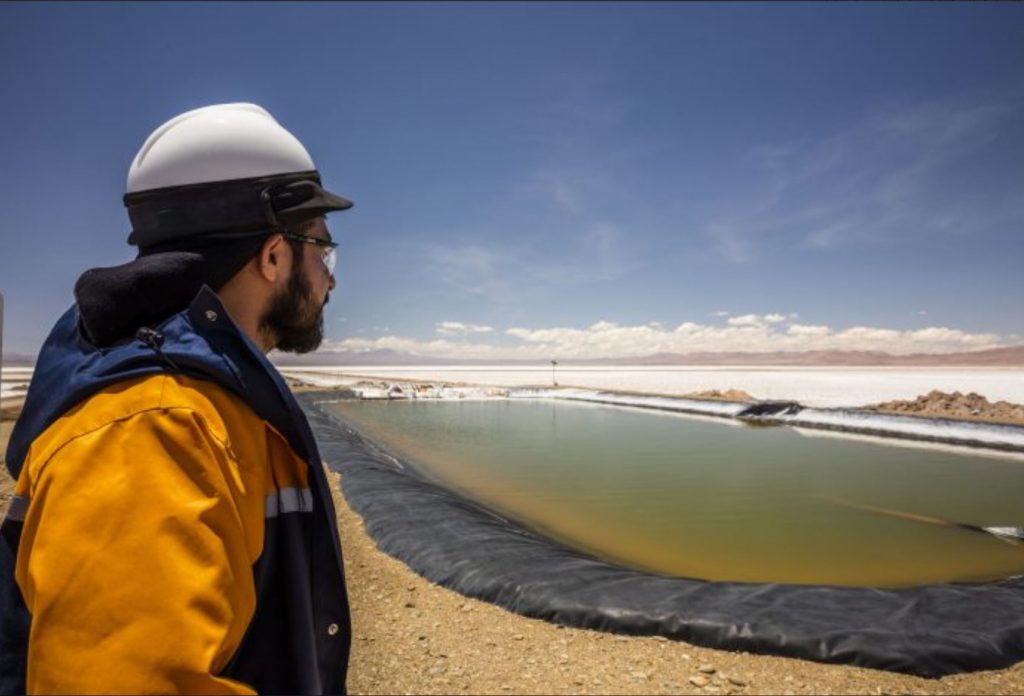
The first stage of the Olaroz brine operation went into production in early 2015. Last year it produced 12,600 tonnes of lithium carbonate. Stage two construction is underway as is work in the Naraha plant in Japan (75% Orocobre) to convert lithium carbonate into battery-grade lithium hydroxide.
In 2016, Orocobre divested several of its lithium brine exploration projects, including Cauchari, to Advantage Lithium, giving Orocobre a 34.7% stake in Advantage.
The two companies created a joint venture (75% Advantage and 25% Orocobre) to develop the Cauchari project, estimated to contain 4.8 million measured and indicated tonnes of lithium carbonate-equivalent (LCE) and 1.5 million inferred tonnes of lithium carbonate equivalent. The measured and indicated brine resource is 31 sq. km with a lithium grade of 29 grams per cubic metre and the potassium grade is 255 grams per cubic metre. There are 900,000 tonnes of lithium and 7.8 million tonnes of potassium in that portion of the brine.
There is also an inferred brine resource of 11 cubic kilometres with a lithium grade of 27 grams per cubic metre and a potassium grade of 225 grams per cubic metre for 290,000 tonnes of lithium and 2.4 million tonnes of potassium.
In 2020, Orocobre acquired all of the outstanding Advantage shares it did not already own. Advantage now manages lithium exploration activities for Orocobre as a subsidiary.
Orocobre says Advantage has the potential to fast track exploration and development at Cauchari. The chemistry at Cauchari is similar to that of the Olaroz deposit, 25 km to the north, and the two brines could be processed together. Cauchari eventually could yield 25,000 tonnes of lithium carbonate a year, according to a prefeasibility study completed in 2019.
In 2012, Orocobre acquired Borax Argentina, in Salta province, also in the northern part of the country. It has produced borates for over 50 years. The company operates the Tincalayu, Porvenir and Sijes mines, producing borax pentahydrate and hydroboracite.
Orocobre has a market capitalization of $4.1 billion.
PolyMet Mining
PolyMet Mining (TSX: POM; NYSE: PLM) owns 100% of the NorthMet polymetallic property, 10 km south of Babbitt in Minnesota, and the Erie processing plant, 12 km to the west at Hoyt Lakes. The company hopes to become the first to commercially mine a nickel-copper orebody in the Duluth Complex, located within Minnesota’s Mesabi Iron Range.
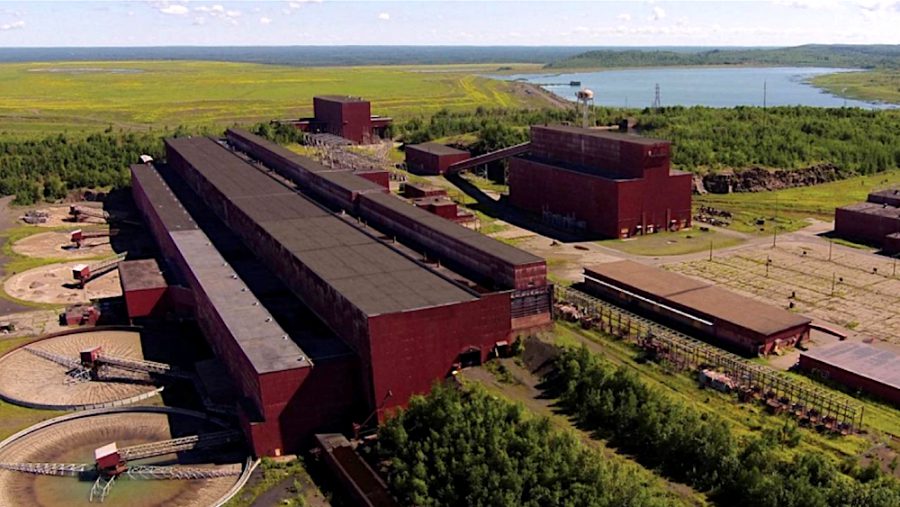
The plan is to build an open pit mining operation and use the existing processing plant. All the key permits are in place, although some have been challenged in court. People opposed to the mine have challenged each of the permits that have been issued. The state’s top court also ordered the Minnesota Department of Natural Resources to hold a new public hearing regarding the tailings facility. In the meantime, PolyMet continues engineering and optimization for the project.
The most recent 43-101 technical report is dated March 2018. It foresees a two-phase project. First it involves an open pit mine producing 29,000 tonnes of mineralized material per day over a 20-year life. The copper-nickel ore would be processed at the existing Erie taconite plant.
The second phase would involve the addition of a hydrometallurgical plant to upgrade nickel sulphide concentrate into nickel-cobalt hydroxide and recover additional copper and platinum group metals (PGMs). The report also examined potential expansion scenarios to 45,000 tonnes per day and 107,000 tonnes per day.
The pre-production capital requirement for phase one would be $945 million. The payback period would be 7.5 years.
Construction of Phase two, which would begin in the second year of operations, would bring the capex up to $1.2 billion. After taxes, the first phase of the NorthMet project has a net present value at a 7% discount rate of $173 million and an internal rate of return of 9.6%. The base case for both phases assumes metal prices of $3.22 per lb. copper, $7.95 per lb. nickel and $20.68 per lb. cobalt.
In 2018 the resources were listed as 588.9 million measured and indicated tonnes grading 0.25% nickel, 0.27% copper and 0.007% cobalt (undiluted) plus 461.6 million inferred tonnes grading 0.07% nickel, 0.024% copper and 0.007% cobalt (undiluted). Proven and probable reserves within the planned pit contain 231 million tonnes at 0.8% nickel, 0.29% copper and 0.007% cobalt.
PolyMet Mining has a market capitalization of $241 million.
SolGold
SolGold (TSX: SOLG; US-OTC: SLGGF) is the operator and 85% owner of the Cascabel copper-gold project, 180 km north of Quito in Ecuador. Cornerstone Capital owns the other 15%. The project lies in an under-explored section of the Andean Copper Belt, which produces nearly half the world’s copper.
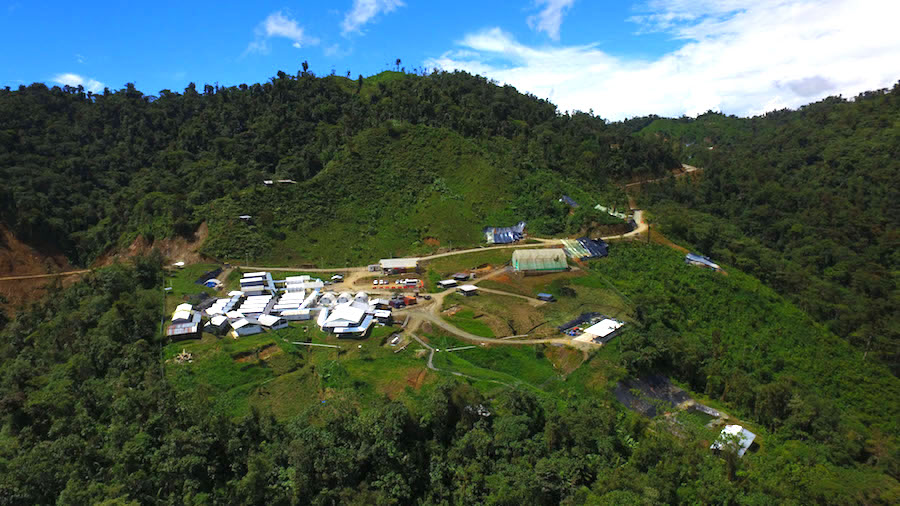
Highlights from drilling the Alpala porphyry deposit at Cascabel have included 1,560 metres grading 0.59% copper and 0.43 gram gold per tonne, including 1,044 metres of 0.74% copper and 0.54 gram gold.
SolGold completed a preliminary economic assessment on the Cascabel project in 2020 and updated it in January 2021. According to the study, the Alpala deposit contains measured and indicated resources of 2.7 billion tonnes grading 0.37% copper, 0.25 gram gold per tonne and 1.08 grams silver per tonne (0.53% copper-equivalent) for 21.8 million lb. copper, 1.9 million oz. gold, and 92.2 million oz. silver. The inferred resource is 544,000 tonnes grading 0.24% copper, 0.11 gram gold, and 0.61 gram silver (0.31% copper-equivalent) for 2.9 million lb. copper, 1.9 million oz. gold and 10.5 million oz. silver.
Within the measured and indicated resource there is a high-grade core of 442 million tonnes grading 0.87% copper, 0.86 gram gold per tonne, and 2.34 parts per million silver (1.4% copper-equivalent) for 8.4 billion lb. copper, 12.3 million oz. gold and 33.3 million oz. silver.
Metallurgical testing has included grinding, flotation and leaching trials. Key to the economic viability of the project is gold recovery. Using leaching well tests, recovery was 92.3%, but that rose to 98.1% when using an Albion process (oxidative leaching at atmospheric pressure).
No economic analysis has been done yet for the Alpala deposit.
In addition to Cascabel, SolGold is exploring its Rio Amarillo project, 35 km southeast of the Alpala deposit in a porphyry belt. Drilling began in August, across a 12-km-long by 3-km-wide area and to a depth of 1,500 metres.. Gold was visible in the first hole. The best drill result, as of November 24, was 72 metres grading 2.16 grams gold per tonne, including 24 metres of 5.77 grams gold.
In the southern part of Ecuador, SolGold is working on the Porvenir, Sharug and Cisne Loja porphyry projects. The company is working on an initial resource estimate for Porvenir, which will be based on results of drilling a mineralized corridor over 1,700 by 1,000 metres.
SolGold says it is seeking partners to advance ten other 100%-owned projects in Ecuador across 20 concessions.
The company also holds tenements through subsidiaries across central and southeast Queensland in Australia — Normanby, Rannes, Mount Perry, and Cracow West. At all of these properties, SolGold maintains its focus on porphyry copper-gold and epithermal gold-silver occurrences. The company also holds prospecting licences for the Kuma and Mbetilonga tenements in the Solomon Island.
SolGold has a market capitalization of $762 million.
White Gold
White Gold (TSXV: WGO; US-OTC: WHGOF) has the advanced-stage Golden Saddle, Arc and VG deposits along with five discovery-stage projects and over two dozen early-stage properties across a 420,000 hectare landholding in Canada’s Yukon Territory, about 95 km south of Dawson City.
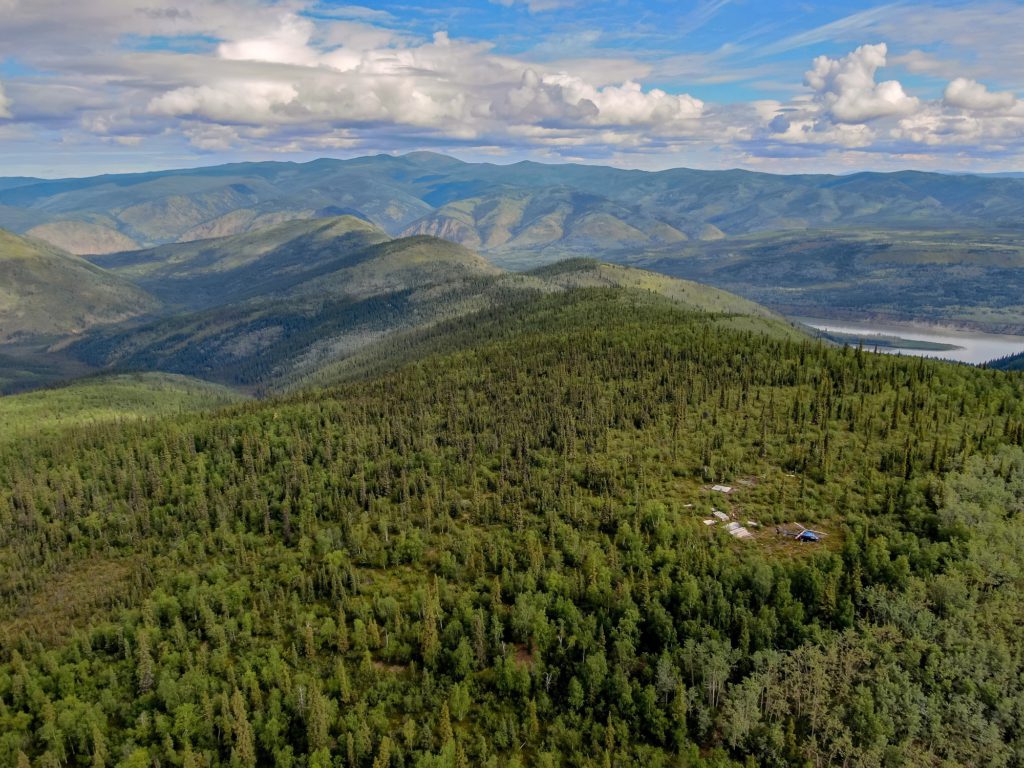
The company’s successful exploration efforts at its 100%-owned projects have attracted key equity investors Kinross Gold and Agnico Eagle Mines, each of which holds about 17% of the company. Institutions under the Eric Sprott umbrella have a 43% interest in the company.
The first deposits White Gold discovered were Golden Saddle and the adjacent Arc deposit. Together they have an indicated resource of 15.6 million tonnes grading 2.28 grams gold per tonne for 1.1 million ounces. The inferred resource is 9 million tonnes grading 1.39 grams gold per tonne for 402,100 ounces.
The company’s VG deposit is 11 km north of Golden Saddle and has an inferred resource of 5.3 million tonnes grading 1.62 grams gold per tonne for 267,600 oz. of gold.
All three of the deposits are open along strike and at depth.
White Gold was incorporated in 2016, and in the past five years has drilled several new discoveries in the region.
Ryan’s Surprise, 2 km west of the Golden Saddle deposit, returned 6 metres grading 20.64 grams gold per tonne and 13.2 metres grading 5.02 grams gold, including 4.6 metres at 9.25 gram gold per tonne.
The road-accessible Titan property is 25 km northeast of the Golden Saddle deposit. The best grab sample was 605 grams gold per tonne. One drill hole returned 32 metres grading 14.82 grams gold per tonne, including 6.09 metres at 72.91 grams gold, including 3.05 metres at 136.36 grams gold per tonne. Another cut 1.52 metres grading 2.44 grams gold.
The Vertigo discovery is about 25 km northeast of the Golden Saddle deposit and rotary air blast (RAB) drilling has been employed there. Hole 16 returned 9.14 metres grading 9.2 grams gold per tonne, including 4.57 metres at 17.2 grams gold, including 1.5 metres at 31 grams gold, and the hole ended in mineralization.
Highlights from the Betty Ford target, roughly 90 km southeast of Golden Saddle and adjacent to Newmont’s Coffee deposit, have included 50.3 metres grading 1.08 grams gold per tonne, including 9.4 metres at 2.24 grams gold. The top 25.9 metres of the hole showed oxidized mineralization and additional shallow mineralization was also encountered in other holes along trend, according to White Gold.
The GS West (Golden Saddle West) target is a new shallow zone of gold mineralization 750 metres west of the Golden Saddle deposit. Geologists used a revised geological model based on the results of DIGHEM, IP-resistivity and historic drilling. The best intersection was 0.75 metre grading 3.99 grams gold per tonne.
White Gold has a market capitalization of $75million.
(This article first appeared in The Northern Miner)




